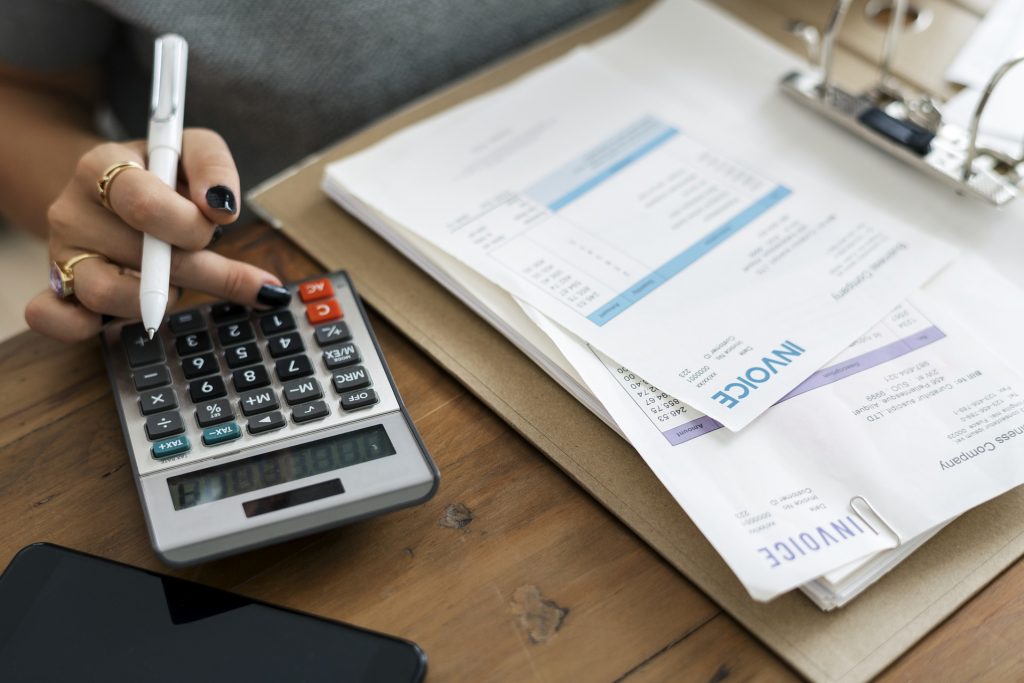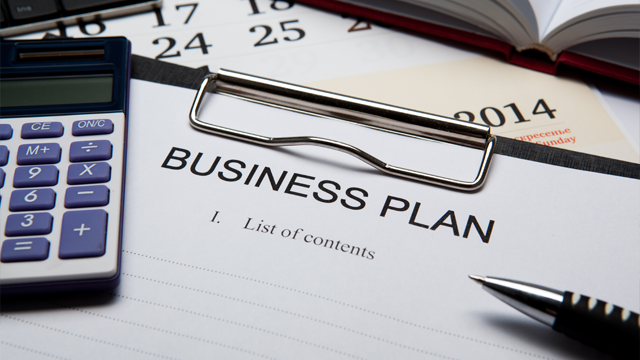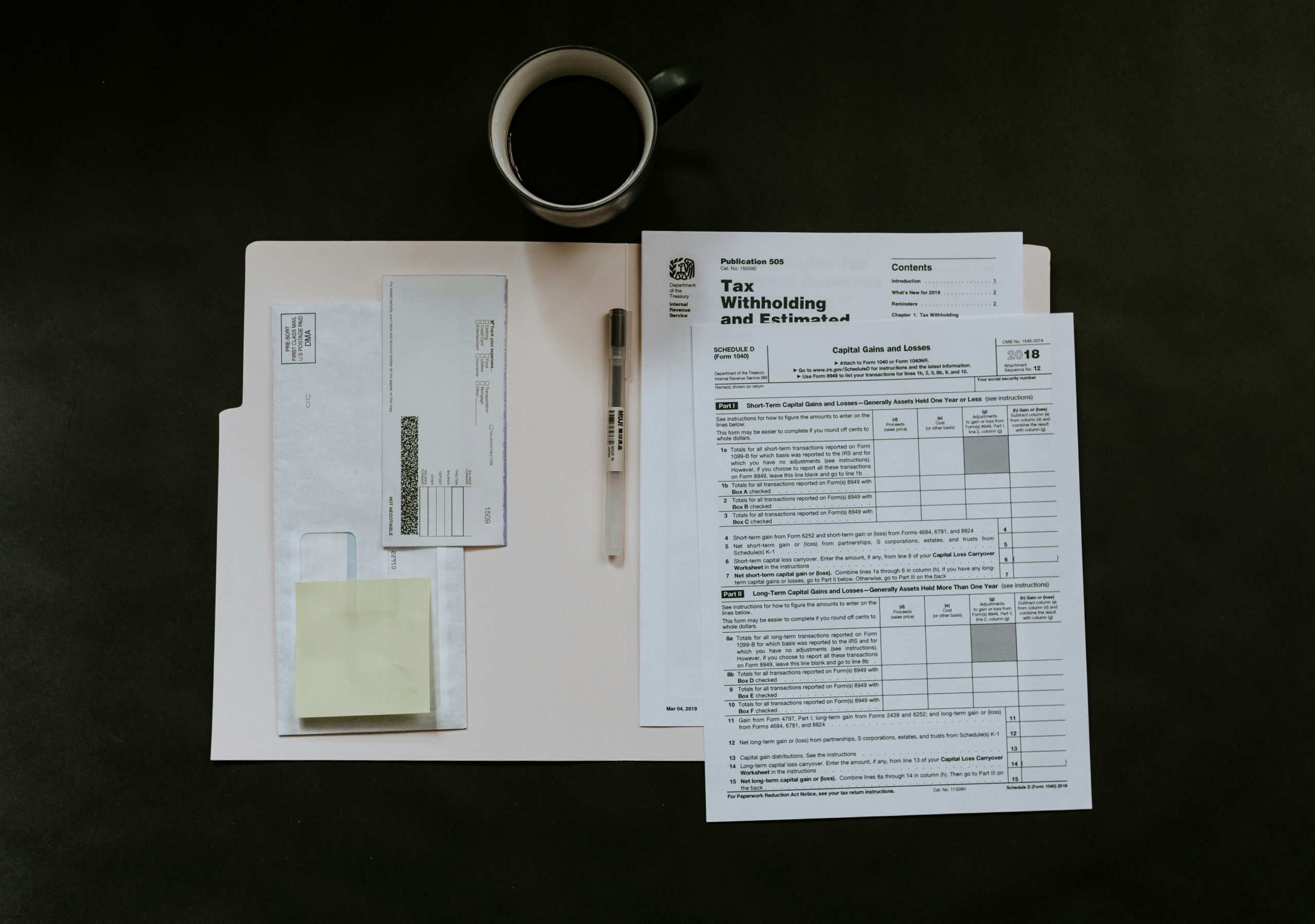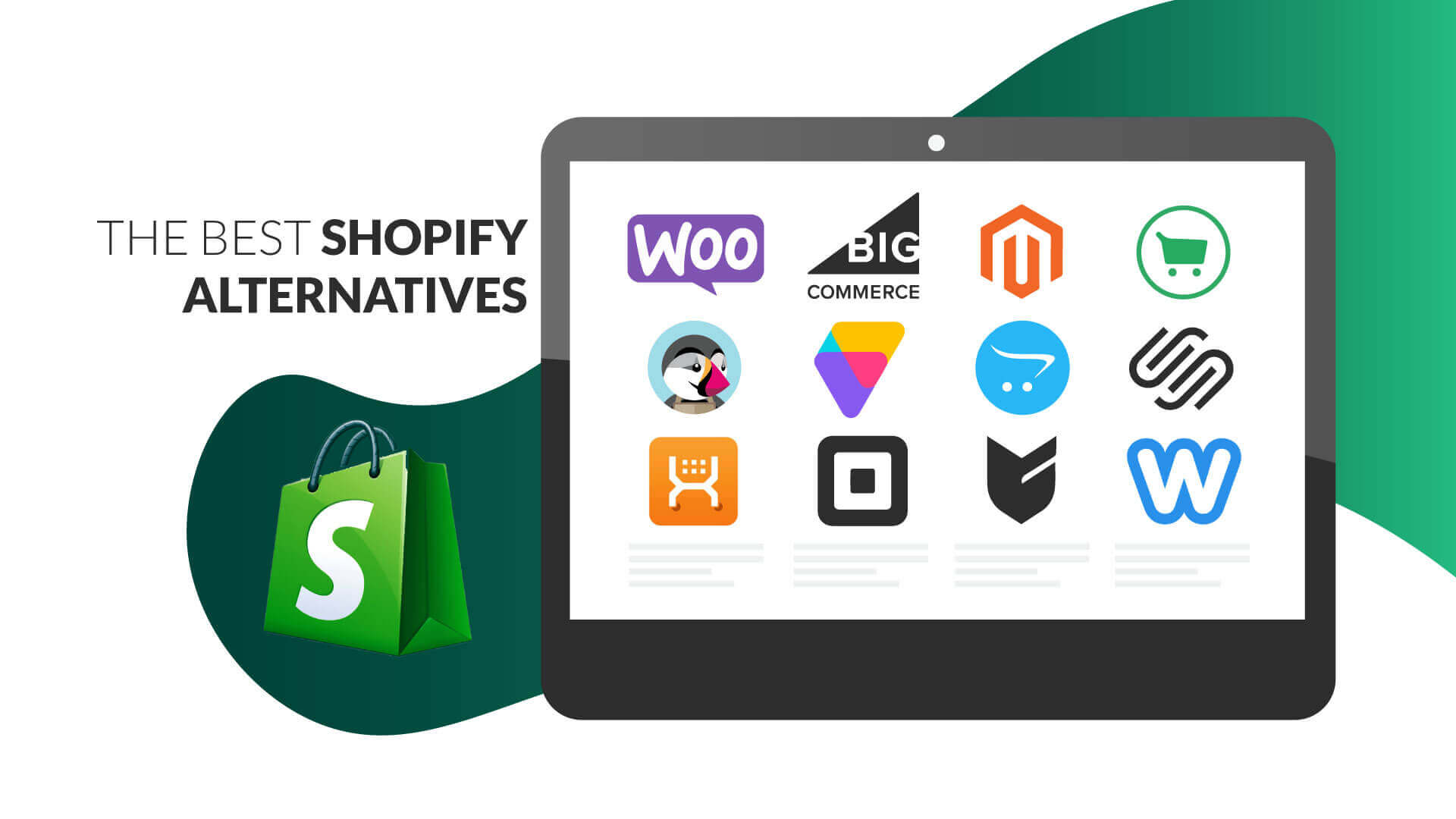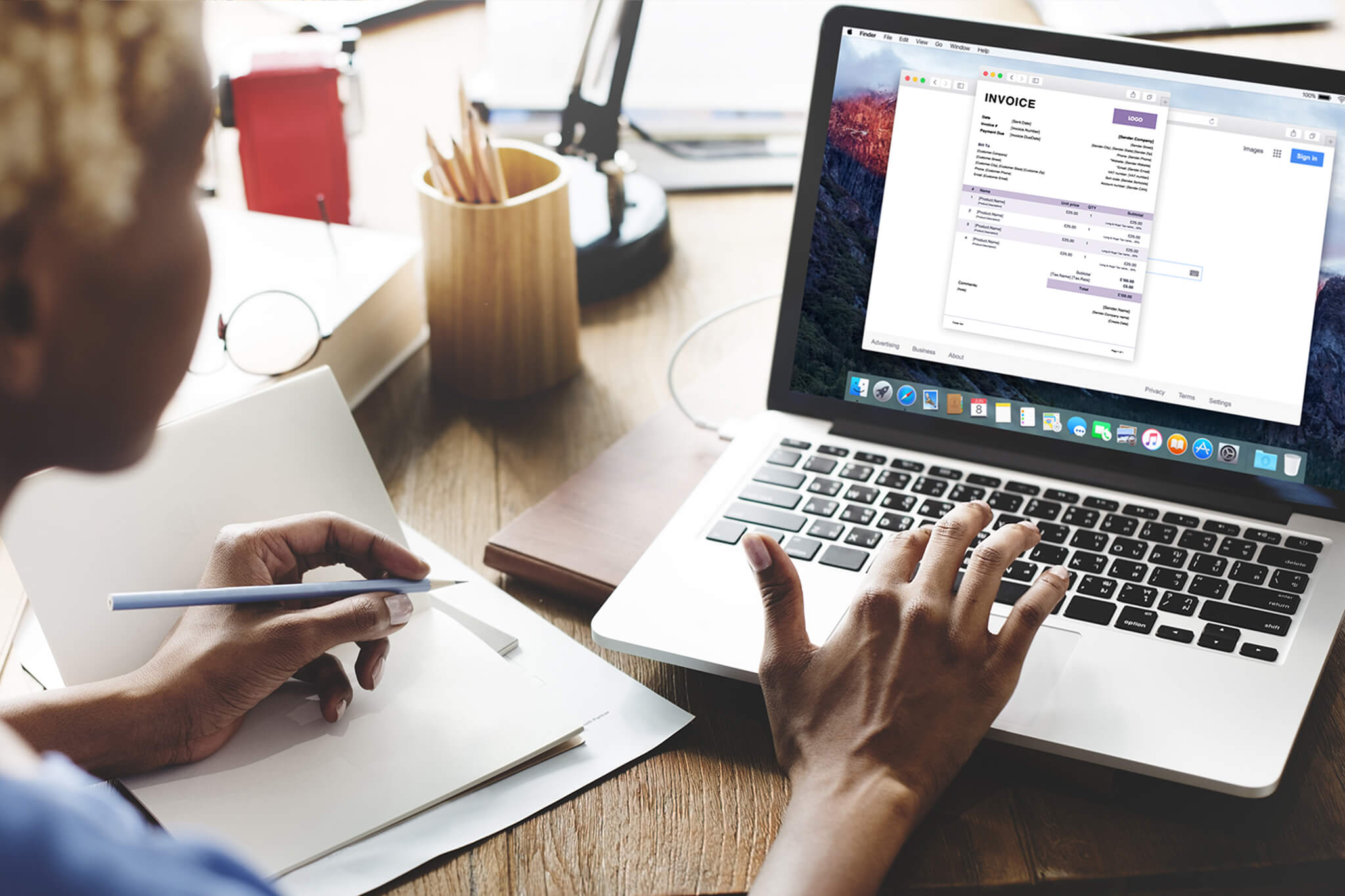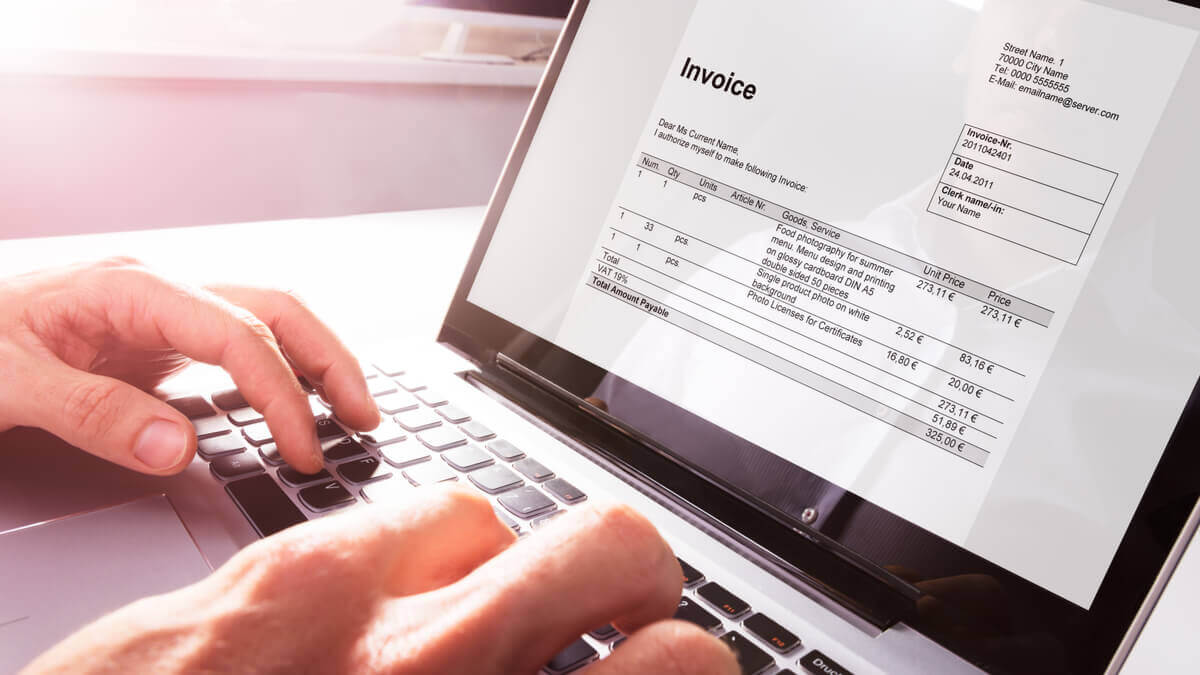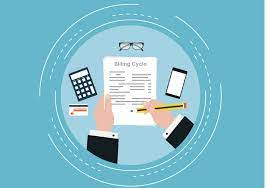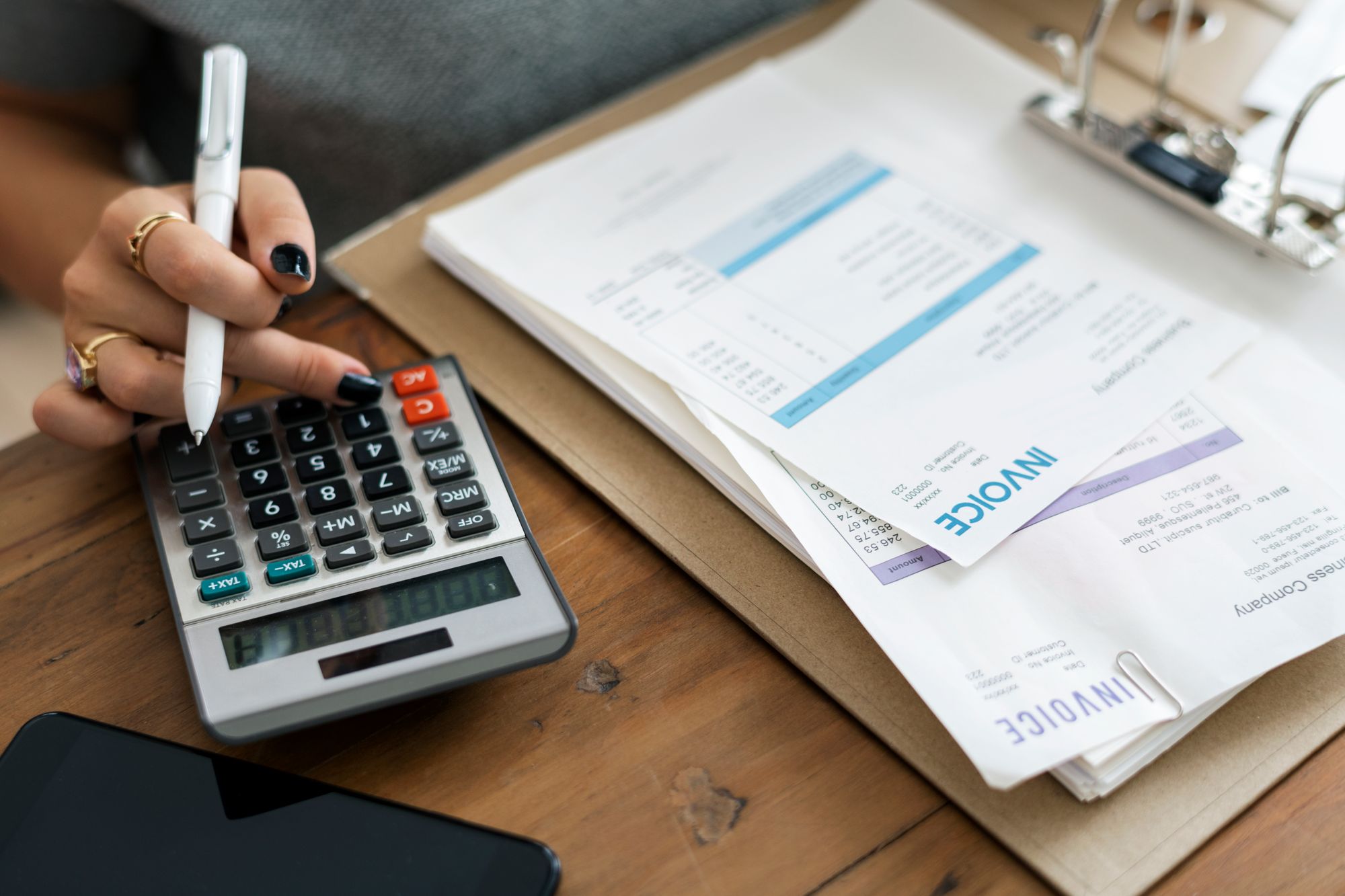The invoicing process is one of the most common day-to-day activity most businesses engage in as they try to keep business afloat and keep revenues coming in.
From major corporations to small and medium enterprises, to musicians and artists, and even freelancers, the use of invoices has become widespread.
You can expect this because not only does using an invoice make the transaction workflow seamless, it also sidesteps any incorrect and late payments that may emerge from miscommunication.
The easy way to go about invoicing process is to use an invoicing template. Of course, you can create your invoice from scratch yourself – if you know what you’re doing– but it is easier to use a template.
There are many free invoicing templates online modeled for your different word processing platforms.
The best alternative, however, is to use invoicing software. This would make your invoicing process easier and affords you a better speed than a template does, and it also allows you to track your payments electronically and stay on top of overdue and outstanding payments.
Though invoicing is a straightforward process, there are some things that you need to know about the invoicing process to guarantee a smooth ride. In this guide, you will learn.
- The best type of invoice to use
- Differences between an Invoice, a Purchase Order, and a receipt
- Why and when you should use an invoice
- What items are in an invoice
The invoicing process – Knowing the best type of invoice to use
A regular invoice is most useful and can be used in almost all situations. However, specific scenarios call for special invoices.
A freelancer, for instance, is advised to use a Proforma Invoice. This invoice is used when the service is to be rendered at a future date.
It is a preliminary bill for a service that has been agreed upon by the buyer and seller. Freelancers and other contract businesses are encouraged to use this type of invoicing.
Other types of invoicing used in different scenarios include
- Debit Invoice: This is issued when the buyer still needs to complete The invoice shows the outstanding amount required by the buyer.
- Credit Invoice: A credit invoice is issued if payment has to be made from the seller to the This can result from the buyer requesting a full or partial refund from the seller or an overcharge mistake in the original invoice.
- Interim Invoice: This invoice is used when the payment has been broken down into This is usually done for ongoing projects, and it helps a business with its cash flow.
- Recurring Invoice: A recurring invoice is used by a business that offers routine services. The invoice is sent at a prearranged interval agreed upon by the buyer and the
- Past due Invoice: This invoice is issued when there is overdue The seller sends a past-due invoice to the buyer, reminding them to pay their overdue bills.
- Commercial Invoice: A commercial invoice is used to declare international transactions
The difference between an invoice, a purchase order, and a receipt.
A key thing to consider when looking at the invoicing process is the use of invoice, purchase order and receipts.
While they might be similar in some ways, an invoice differs from a purchase order (PO) or a receipt.
Amongst others, a striking distinction between a PO and an invoice is that a purchase order is issued by the buyer, while an invoice is issued by the seller.
A purchase order is a document detailing the products and services a buyer seeks from a seller, showing the transaction’s quantity, price and other details.
A purchase order can be either accepted or rejected by the seller. A receipt, on the other hand, is a document issued after payment has been made.
The buyer shares a purchase order, and If the order is accepted, the seller sends an invoice. Receipts are the last documents shared after all payments have been confirmed.
Why and when should you use an Invoice?
Other than the obvious benefits like ensuring smooth transactions, eliminating confusion, and avoiding delayed/late and incomplete payments, invoicing has other indirect benefits.
- It allows for the easy keeping of transactions, sales, and accounting
- It helps guarantee legal protection for both the buyer and seller if any dispute arises, as a signed invoice can be legally
- It aids tax documentation
Also, you should not use an invoice as a marketing or advertising document or as a sales order. The invoice carries the buyer’s information and the services and goods that they agreed you would provide.
As much as you can, avoid having to make too many changes to the invoice. You should only issue the document when all the discussions and negotiations have been completed and finalized.
This could be before the service is rendered (a Pro forma invoice) or after the service is rendered. You can, however, request a down payment if the cancellation of the order would affect your business financially.
What items are in an invoice?
Apart from the description of the services offered by the seller, the document needs to contain a number of things to be called a proper invoice.
If the invoice is a special type of invoice, like a debit invoice or a past-due invoice, it should be clearly indicated at the top of the document. Here are the things that are essential in an invoice.
- Reference number: A reference number or an invoice number should be included in the It may be generated serially or by using the customer ID. Each separate invoice must have a different reference number.
- Name and contact information: The name and contact information of the business (the seller), and the customer (the buyer) should be included in the invoice
- Invoicing date and due date: The date that the order was made or the date the goods or services were received should be included in the The date the invoice was created and the payment due date should also be included for documentation purposes and to avoid late payment.
- Description of service and products: A description of the services and products as well as their respective costs, should be included in an invoice.
- Total Charges: The total charges on all the services and products detailed in the invoice should be displayed clearly to avoid miscommunication.
- Payment methods: A detailed summary of the accepted payment methods and the account details should be provided on the If an online transfer is accepted, the relevant details should be provided to avoid a back-and-forth in communication. If other methods are accepted, the appropriate instructions should be included.
Invoices are essential to all businesses, whether big or small –freelancers not excluded. Although it might seem like a bulky document, it is a vital requirement for smooth business operations.
When you employ an invoicing system to your trade, you add a flair of prestige and authority to your brand, which goes a long way to establishing trust and boosting customer retention.
Invoices, most importantly, lead to easy communication with customers and promotes customer satisfaction, as it keeps both parties abreast of what kind of transactions is taking place and the expectations.

